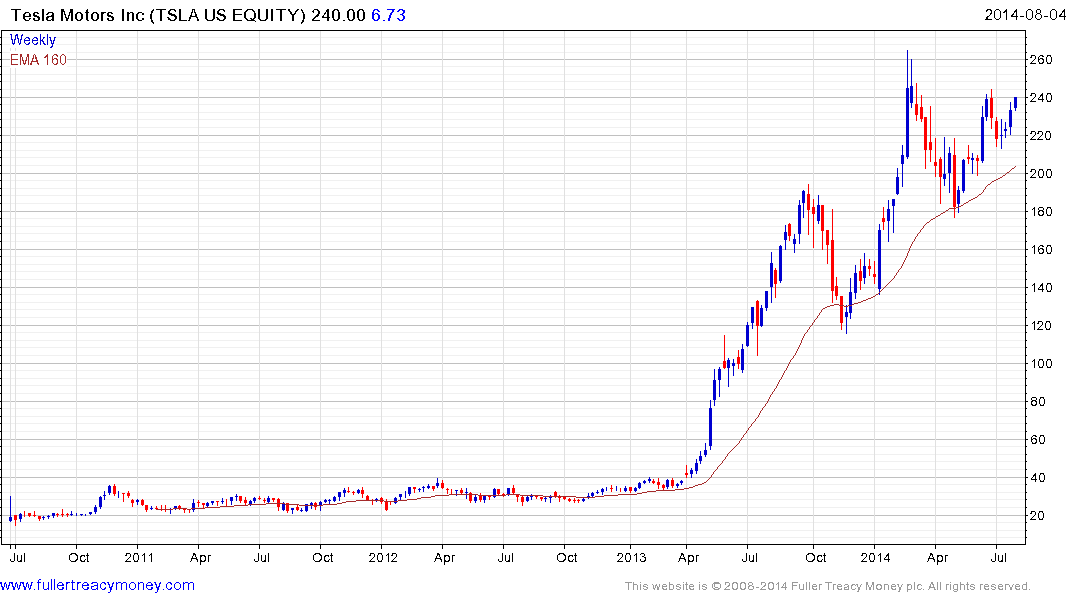Tesla and Panasonic sign agreement on battery-making Gigafactory
This article by Ben Coxworth for Gizmag may be of interest to subscribers. Here is a section:
As mentioned in our previous article, Tesla plans for the Gigafactory to produce 500,000 batteries per year by 2020, with expected battery cell output of 35 GWh/yr and battery pack output of 50 GWh/yr. Current global battery output, from a variety of manufacturers, sits at just under 35 GWh/yr.
According to yesterday's announcement, "Tesla will prepare, provide and manage the land, buildings and utilities [while] Panasonic will manufacture and supply cylindrical lithium-ion cells and invest in the associated equipment, machinery, and other manufacturing tools based on their mutual approval."
?The factory will be located somewhere in the US and managed by Tesla, with Panasonic occupying about half of the manufacturing space and taking the role of principal partner. Although the cells will be made by Panasonic, Tesla will be incorporating them into battery modules and packs that it will be assembling.
Along with lowering the price of batteries by making them in large numbers, Tesla and Panasonic also plan on reducing costs by manufacturing cells tailored specifically to EVs, locating materials suppliers on-site, and implementing measures to lower the utility and operating expenses of the factory.
Developing batteries that are both highly efficient and cheap, has proven to be a much more difficult challenge than people initially expected five years ago. Lithium, despite its propensity to self-combust, remains the standard technology for batteries for everything from mobile phones to electric cars. The anticipated gigafactory aims to produce batteries that are marginally more efficient but considerably cheaper in the assumption that this lower cost will help fuel demand. They might be right.

Tesla Motors found support in the region of the 200-day MA in May and continues to hold a progression of higher reaction lows. While the share has been subject to sharp reactions, a sustained move below the trend mean, currently near $200 would be required to question medium-term scope for continued upside.

Panasonic experienced its largest reaction in more than year between January and May, before finding support in the region of the 200-day MA. A sustained move below ¥1100 would be required to question medium-term scope for continued upside.
Back to top


